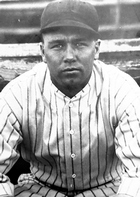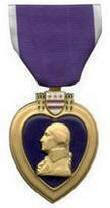Cecil Spittler
| Date and Place of Birth: | April 15, 1911 Madera, NJ |
| Date and Place of Death: | November 30, 1944 Germany |
| Baseball Experience: | Minor League |
| Position: | Pitcher |
| Rank: | Technical Sergeant |
| Military Unit: | Company B, 407th Infantry Regiment, 102nd Infantry Division US Army |
| Area Served: | European Theater of Operations |
Spittler had pitched a no-hitter in the minors in 1934 and was 33 years old when he went to fight for his country in Europe.
Cecil Leo Spittler, the son of Calvin and Nora Spittler, was born on
April 15, 1911 in the coal mining town of Madera, Pennsylvania. He
graduated from Philipsburg High School in Pennsylvania in 1928 and took
a job as a surveyor’s helper at Standard Oil in New Jersey.
A right-handed pitcher who stodd 6-feet tall, Spittler played amateur
baseball in New Jersey from 1929 to 1932 with Linden and Springfield
(Union County League), St. Mary's (Dover Twilight League) and the
Irvington Stanleys (Lackawanna League). He also had a tryout with the
Detroit Tigers in 1931, and tryouts with the Cumberland Colts of the
Class C Mid-Atlantic League and the Newark Bears of the Class AA
International League in 1932.
In 1933, he pitched for the Freehold Pirates (Central Jersey League)
before signing with the semi-pro Belmar Braves in July. In the fall of
1933, Spittler was selected by the Yankees young left-hander, Russ Van
Atta, to join his barnstorming tour of New Jersey. In a game against
Newton, New Jersey, Van Atta and Spittler combined for a no-hitter; Van
Atta hurling the first four innings and Spittler working the last five.
Highly impressed, Van Atta recommended Spittler to the Yankees and he
was signed by their International League farm club, the Newark Bears
(the club that had given him a tryout in 1932) and was optioned to the
Norfolk Tars of the Class B Piedmont League for the 1934 season.
Spittler quickly established himself as a workhouse with the Tars,
putting in some excellent performances. On July 24, 1934, with future
major league catcher George "Skeets" Dickey behind the plate, Spittler
hurled a 7-0 no-hitter for Norfolk over the Richmond Colts. Facing just
28 batters and striking out 15, the only batter to reach first base was
left fielder Pete Fleming, whom Spittler hit in the arm in the fifth
inning. The 23-year-old (reported to be 21 in the newspapers) ended the
season with an impressive 14 wins and 10 losses, striking out 151 in a
team-leading 215 innings and 38 appearances helping the Tars win the
Piedmont League pennant.
Spittler made the jump from Class B to AA baseball in 1935, joining the
International League Newark Bears and on a pitching staff that included
major leaguers Ted Kleinhans, Frank Makosky, Steve Sundra and Kemp
Wicker, he continued to impress with a 14-11 record and 4.03 ERA in a
team-leading 44 appearances. Having had the second most wins on the team
in 1935, much was expected of Spittler in 1937, but he got off to a slow
start with a sore arm. He was sent to Johns Hopkins Hospital in
Baltimore for a diagnosis, where it was determined he was suffering from
a severely separated muscle in his shoulder. A Brooklyn surgeon
performed a procedure that removed the damaged tissue and he returned to
Newark and made seven appearances along with stints with the Binghamton
Triplets of the Class A New York-Penn League in July and August, but his
fastball, that had earned the nickname, the "Spittler Fastball," was no
more.
In 1937, Spittler's arm was still sore when he joined Newark for spring
training and and it was reported he may never pitch again. Making just
one appearance for the club, he was signed by the Baltimore Orioles of
the International League in June, but returned to Newark later that
month because of his arm problems. He spent the rest of the season
trying to fix the problem in the Union County League but with little
success. In 1938, his arm failed to recover during spring training with
Newark and he was released by the club, bringing a close to his
professional career at the age of 26.
Spittler pitched for Linden in the Union County League from 1939 to 1942
and worked as a shipping clerk for American Cyanamid, a chemical company
in Linden, New Jersey. Aged 31, he entered military service on December
8, 1942, and trained with the 102nd Infantry Division in Texas. On
August 19, 1943, while on leave, Spittler married his girlfriend Ruth
Hodges, a nurse at Elizabeth General Hospital in New Jersey. By late
September 1944, Technical Sergeant Spittler was with Company B, 407th
Infantry Regiment, 102nd Infantry Division in France, and then moved to
the German-Netherlands border, where he found time to write letters home
on November 27 and 28. The following day, November 29, the division
launched an attack against German resistance along the Roer river. Cecil
Spittler, 33, was killed in action on November 30.
Cecil Spittler was buried at the Netherlands Military Cemetery in
Margraten, before his remains were returned home in 1949 and now rests
at the Clover Leaf Memorial Park in Woodbridge, New Jersey. In January
1964, at the 28th annual Hot Stove League baseball dinner for the Union
County League, the Cecil Spittler Memorial Award was presented to Tom
Hoagland, a minor league pitcher in the White Sox organization who had
played at Rahway High School, New Jersey. Unfortunately, I've been
unable to find out any further information about this award and whether
it was presented before or after this occasion.
John Brazinski and Cliff Kraemer were other Union County League players
who were killed in World War II. Brazinski played for the Orlando
Senators of the Class D Florida State League in 1941, while Kraemer was
with the Portsmouth Pirates of the Class C Mid-Atlantic League in 1935.
A detailed account of Cecil's life has been written and researched by
Don Sweeney and Janet Cymbaluk Ashnault. It's available on the Renna
Media website at https://rennamedia.com/cecil-l-spittler/
|
Year |
Team |
League |
Class |
G |
|
|
|
|
|
|
|
|
1934 |
Norfiolk |
Piedmont | B | 38 | 215 | - | 84 | 151 | 14 | 10 | - |
| 1935 | Newark | International | AA | 44 | 183 | 82 | 99 | - | 14 | 11 | 4.03 |
| 1936 | Newark | International | AA | 7 | - | - | - | - | 2 | 0 | - |
| 1936 | Binghamton | NY-Penn | A | - | - | - | - | - | 0 | 0 | - |
| 1937 | Newark | International | AA | 1 | - | - | - | - | - | - | - |
| 1937 | Baltimore | International | AA | 2 | - | - | - | - | - | - | - |
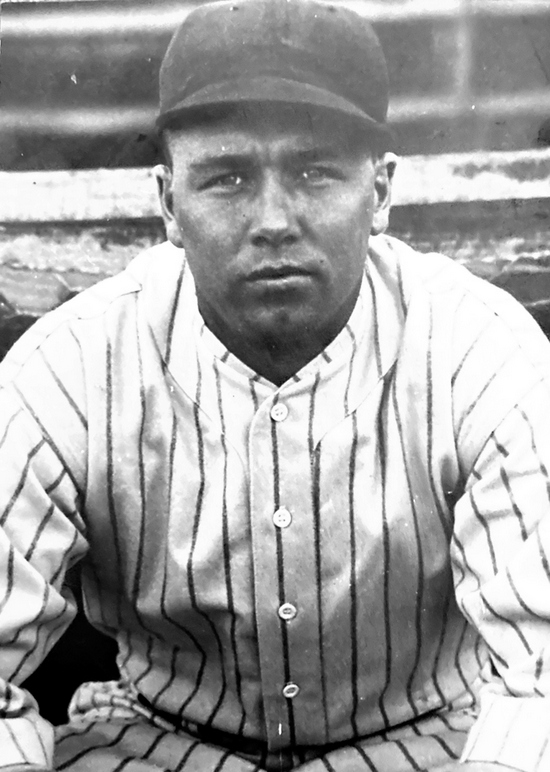
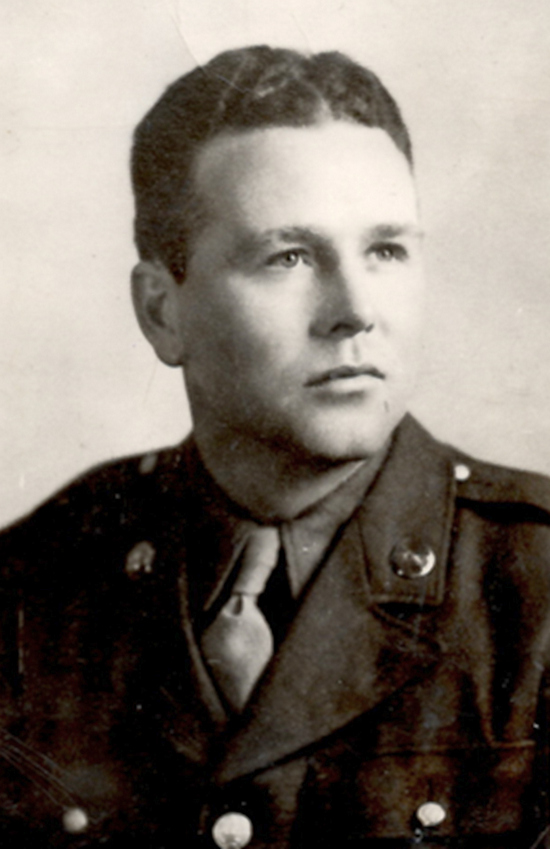
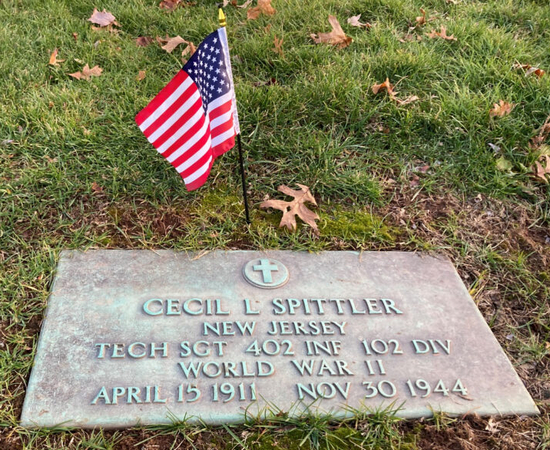
Cecil Spittler's grave at Clover Leaf Memorial Park in Woodbridge, New Jersey
A detailed account of Cecil's life has been written and researched by Don Sweeney and Janet Cymbaluk Ashnault. It's available on the Renna Media website at https://rennamedia.com/cecil-l-spittler/
Thanks to Jack Morris for "discovering" Cecil Spittler.
Date Added August 13, 2023
Baseball's Greatest Sacrifice is associated with Baseball Almanac
Baseball's Greatest Sacrifice is proud to be sponsored by

